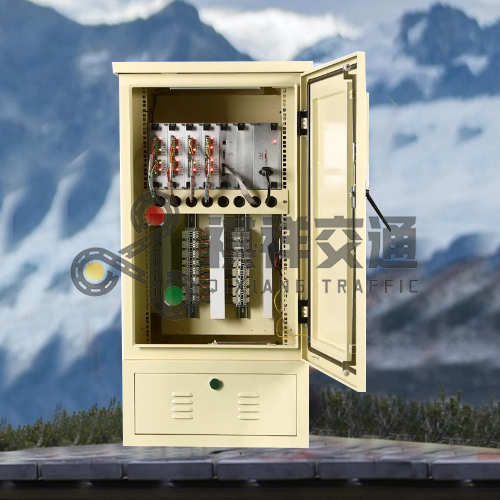Traffic signal cabinets are an important part of the infrastructure that keeps our roads safe and orderly. It is one of the most important components of the traffic signal system as it contains the equipment and technology that controls traffic lights and pedestrian signals. In this article, we’ll explore what exactly is contained in these cabinets and how their functionality affects our daily lives.
The primary purpose of a traffic signal cabinet is to house the complex electronic components that control traffic signal operation. Within the confines of this cabinet, one can find a variety of complex equipment and materials that work together to ensure smooth and safe traffic. One of the most critical components within a traffic signal cabinet is the traffic signal controller. This device is the brain of the traffic signal system and is responsible for coordinating the operation of all signals at the intersection. The controller receives input from a variety of sensors, including vehicle detectors and pedestrian buttons, and uses this information to determine the best timing for each traffic signal.
In addition to the traffic signal controller, the cabinet also contains the traffic signal power supply and backup battery system. This ensures that the lights continue to work even in the event of a power outage. In addition, the cabinets can house communications equipment such as modems and network switches to allow remote monitoring and control of traffic signal systems. This feature enables transit agencies to adjust traffic signal timing in real time in response to changing traffic patterns or special events. Additionally, the cabinet contains a variety of other components, including circuit boards, wiring, and surge protection, all of which are essential for the traffic light to function properly. In addition, the cabinets can house equipment for monitoring and controlling the timing of pedestrian signals, including push buttons and audible signals for the visually impaired.
The technology contained in traffic signal cabinets continues to evolve and improve, with modern systems increasingly incorporating advanced features such as adaptive signal control. The technology uses sophisticated algorithms and machine learning to dynamically adjust signal timing in response to changing traffic conditions, optimizing traffic flow and reducing congestion.
It is important to note that the contents of a traffic signal cabinet are critical not only to the effective operation of traffic signals but also to the safety of motorists and pedestrians. Properly functioning traffic signals help reduce the risk of accidents at intersections, saving lives and preventing injuries. In this sense, traffic signal cabinets play a vital role in promoting road safety and supporting the overall functionality of our transport network.
In summary, traffic signal cabinets are an important part of our transportation infrastructure, housing a variety of complex electronic devices used to control the operation of traffic lights and pedestrian signals. The components within the cabinet work together to ensure smooth and safe traffic, helping to improve the overall efficiency and safety of the road. As technology continues to advance, the functionality of traffic signal cabinets will only become more advanced, further solidifying their central role in our transportation system.
If you are interested in traffic signal cabinets, welcome to contact traffic signal controller supplier Qixiang to get a quote.
Post time: Feb-27-2024







